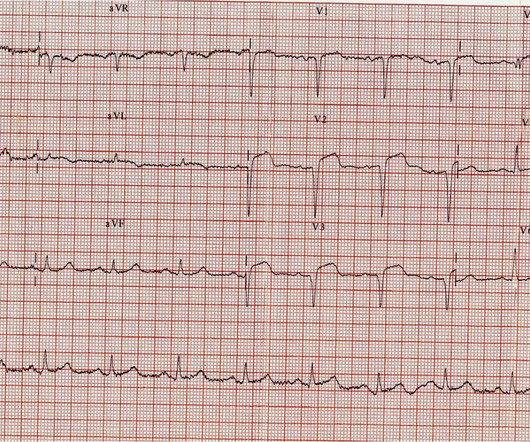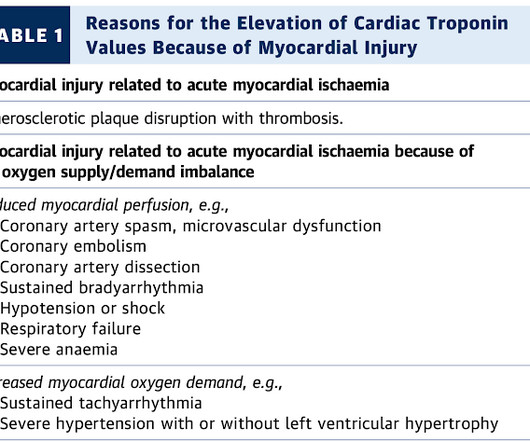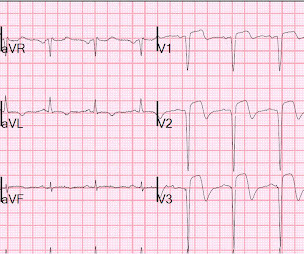Chest pain and a computer ‘normal’ ECG. Therefore, there is no need for a physician to look at this ECG.
Dr. Smith's ECG Blog
JANUARY 27, 2024
Smith : Old inferior MI with persistent ST Elevation ("inferior aneurysm") has well-formed Q-waves. In inferior aneurysm, we usually see QR-waves, whereas for anterior aneurysm, we see QS-waves (no R- or r-wave at all!). So this NSTEMI was likely a STEMI(-)OMI with delayed reperfusion. Deutch et al.












Let's personalize your content